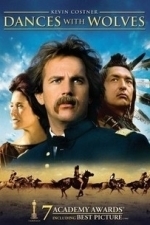Awix (3310 KP) rated Shang-Chi and the Legend of the Ten Rings (2021) in Movies
Sep 3, 2021
Good martial arts choreography, but the non-stop CGI of the climax isn't nearly as interesting or fun to watch, and the movie seems to lose its edge and sense of humour as it goes on. Feels very much like an attempt to do something akin to Black Panther, but with Chinese culture; may well do very good business in Asian markets. The usual links and references to other Marvel movies are a mixed bag; some of them feel very contrived and gratuitous. Still, they're integral to the Marvel project and I doubt this movie will disappoint the faithful.
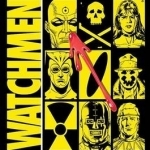
Watchmen
Book
* In an alternate world where the mere presence of American superheroes changed history, the US won...
Watchmen Alan Moore Dave Gibbons Vigilante Cult classic Graphic Novel
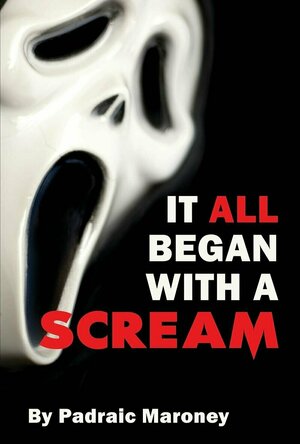
It All Began with a Scream
Book
In 1996, a movie came along that changed the face of horror films forever. Initial signs indicated...
GustavoCampello (6 KP) rated Dances With Wolves (1990) in Movies
Feb 10, 2022
I used to be a weird kid, but I keep thinking about ten-year-olds these days watching this Fast and Furious shit that can't watch anything good. Dark times.
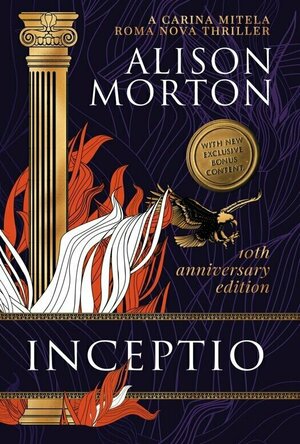
INCEPTIO (Roma Nova Thriller #1)
Book
“It's about Roman blood, survival and money. Mostly yours." In an alternative New York, Karen...
Thriller
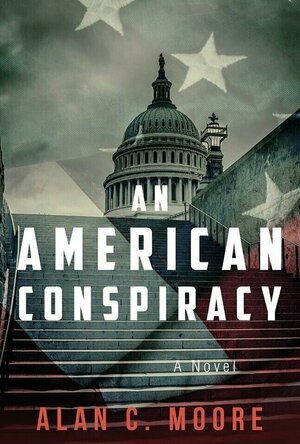
An American Conspiracy
Book
"Secrets are the fuel that keeps this city burning. I thought I could play the game better than...
thriller political thriller
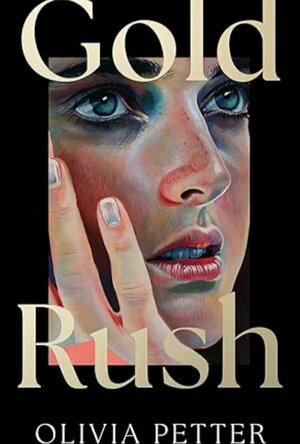
Gold Rush
Book
We give celebrities a power they don’t deserve. Power they haven’t earned. What happens when...
Trigger warnings: sexual assault Trigger Warnings: rape Trigger Warnings: suicide Trigger Warnings: eating disorders and drug taking
Eilidh G Clark (177 KP) rated Sunsett Song in Books
May 14, 2017
Steph (468 KP) rated Beauty Sick: How the Cultural Obsession with Appearance Hurts Girls and Women in Books
Jul 9, 2018
The book is told through a mixture of psychology research and stories told by real women. The mix of facts and anecdotes was perfect. You got the knowledge and science behind beauty sickness. But you also heard the voices of women tell their own tales in a very human and relatable way.
What is absolutely terrifying and shows how beauty sick our culture really is, is that while reading this book, I often felt like I should be engaging in the negative behaviors that were discussed. For example, hearing about how people use special software to edit their photos before posting on social media made me consider doing that before posting my next photos!
But this book also changed the way I think of myself and my body in a positive way. I thought I knew about the negative effects of the media on body image, especially as a psychologist myself. I was unprepared for how little I actually knew, especially when it came to misconceptions about our bodies and how we treat them. I read the chapter on shame and started crying, because I related to so much of it. I didn't realize that I was trying to motivate myself to lose weight by shaming myself into feeling bad about my weight and what I was eating until I read this book. Beauty Sick has changed the way I think about myself and given me new strategies for cultivating a positive self-image and loving my body.
I loved that the section on what we can do about beauty sickness was so extensive. It really opened my eyes to how I think about and treat my body as well as what I can do differently to improve my self-image. I've always hated exercising. I never realized that the reason I hated it was probably because I always thought the point was to lose weight. Exercising felt like a punishment to me- something I had to do so I could shave off a few pounds. I never thought about viewing through a "look what I can do!" lens or to think about what I might have fun doing instead of what I *should* be doing.
I read this book ravenously- staying up late to read just one more chapter and sneaking pages in at work to devour its content. I needed to hear both how beauty sick our culture is and what I can do about it. I think every woman would personally benefit from reading this book. I hope its message becomes widespread and that we can make positive changes in our culture to decrease beauty sickness. In the meantime, we can make changes in our own lives and in the lives of the women we love by reading this book and applying it to ourselves and the people we love.
Hazel (1853 KP) rated Return to the Little Coffee Shop of Kabul (The Little Coffee Shop of Kabul #2) in Books
Dec 14, 2018
Five years since the publication of her fictional debut, fans of Deoborah Rodriguez will be pleased to know they can finally get their hands on the sequel: Return to the <i>Little Coffee Shop of Kabul</i>. In the first book (<i>The Little Coffee Shop of Kabul</i>) we are introduced to Sunny, a 38-year-old American, who has set up a coffee shop in the heart of Afghanistan. Now she has returned to the US, after the unfortunate death of her boyfriend, to a house on an island she did not really want. Meanwhile, her coffee shop struggles to continue in the hands of her Afghan friends.
The narrative alternates between the USA and Afghanistan, keeping the reader informed of two completely different scenarios. Sunny is dealing with the loss of Jack and her conflicted feelings over whether she should stay and live Jack’s dream lifestyle or return to her beloved Kabul. On the other hand, Yazmina and the others reveal to the reader how difficult and dangerous life is for the Afghanistan natives, especially for the women who have very little rights.
As well as the original characters, there are a number of new names introduced to the story. In Afghanistan a young girl is trying to escape an arranged marriage to an evil, rich man – something that has disastrous consequences for herself and her newfound friends. On the other side of the world, Layla, Yazmina’s sister, is experiencing Western culture living with Sunny, and is shocked at how friendly men and women are with each other.
Another new face to add to the mix is Kat, a young woman who escaped to America as a child and has turned her back on the traditions of Islam and the Afghan culture. Despite her growing friendship with Layla, she refuses to agree with Layla’s beliefs, particularly in regards to the <i>hijab</i>. Neither girl’s opinion is more valid than the other however, as they have both had completely different upbringings. Kat has spent the better part of her life relishing in the freedom of Western culture, whereas Layla finds comfort in her traditions.
<i>Return to the Little Coffee Shop of Kabul </i>contains a couple of powerful messages. Firstly, as Sunny realizes, you need to be thankful for what you have got and not assume that going back to a lifestyle you used to follow would be the same as it once was. On the flip side, the Muslim family in Kabul begins to learn that they do not have to put up with the strict, unfairness in the treatment of women, and can strive to do something about it.
It is not necessary to have read the previous book, as there is enough character description and history mentioned within the narrative for new readers to be able to follow along. It is also suitable for book groups as it contains a series of reading group questions at the end of the novel.
Despite its upsetting scenes,<i> Return to the Little Coffee Shop of Kabul </i>is essentially a happy book. The character Sunny, definitely lives up to her name; there is no over emphasis on any of the negative situations she or her friends find themselves in. In a world where it would be easy to fall into despair, Rodriguez has written a story with a positive outlook on life and hope for the future.

